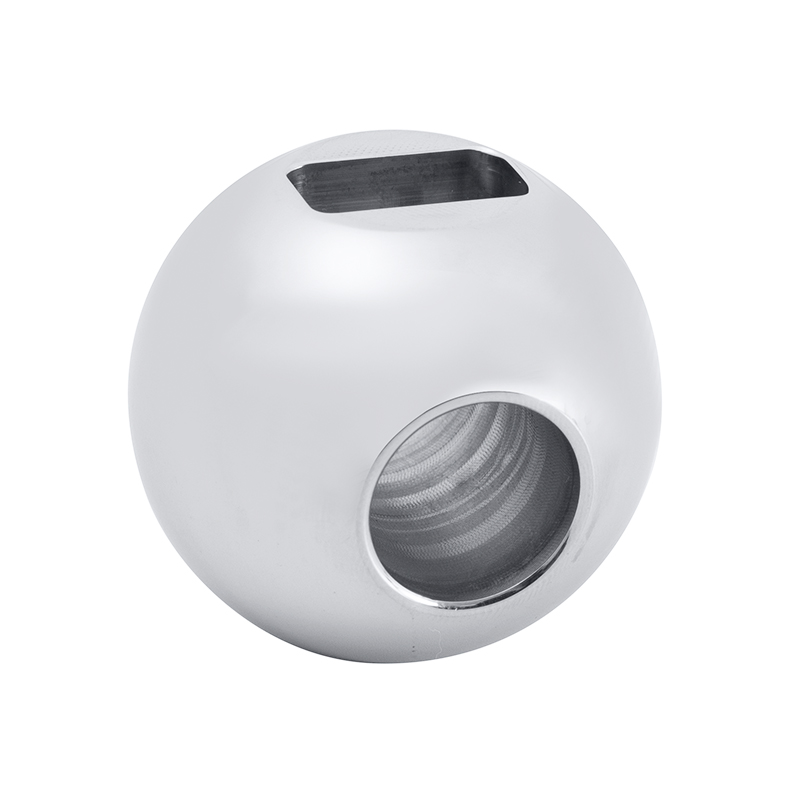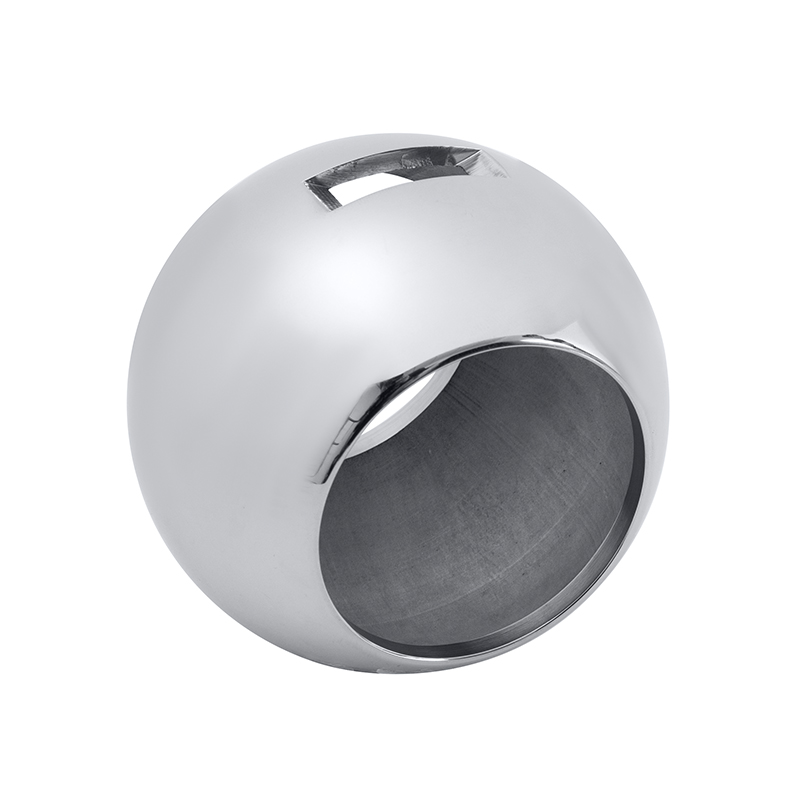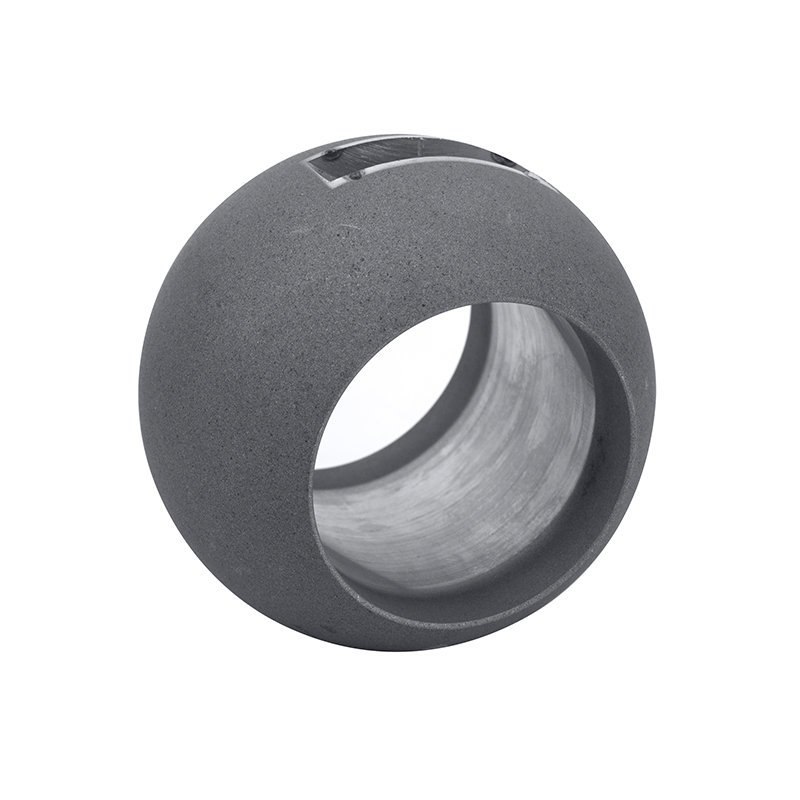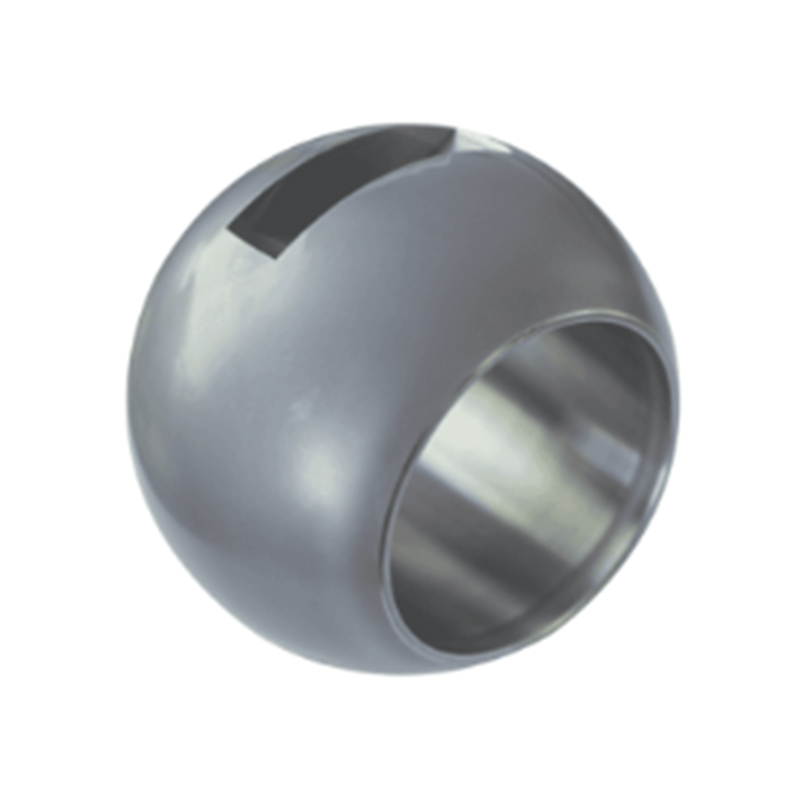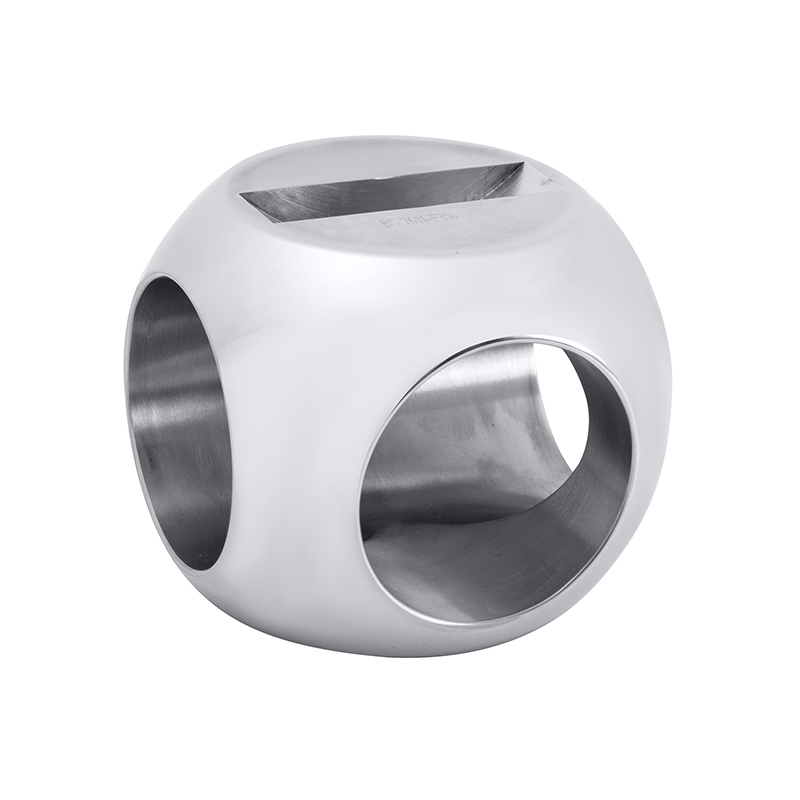Traditional metal valve balls often face corrosion and degradation when exposed to harsh chemicals, pilot to maintenance challenges, and operational downtime. This has paved the way for significant innovations in non-metallic valve balls, designed to improve chemical resistance while maintaining durability and performance.
One of the key advancements has been in the application of 3 way plastic ball valves. Unlike standard two-way valves, the 3 way plastic ball valve offers versatile flow control by allowing fluid to be directed from one inlet to two outlets or vice versa. This design is particularly useful in complex piping systems where flexibility is required without compromising the valve’s chemical resistance. The plastic construction of the valve ball and body provides an inherent advantage in resisting a wide range of corrosive substances, including acids, alkalis, and solvents.
Materials used for these non-metallic valve balls have evolved to include advanced polymers such as PTFE (polytetrafluoroethylene), PVDF (polyvinylidene fluoride), and reinforced polypropylene. These materials combine chemical inertness with mechanical strength, making them suitable for demanding environments. For example, PTFE valve balls exhibit reliable resistance to aggressive chemicals and high temperatures, while PVDF offers a balance between chemical resistance and mechanical toughness. The integration of these materials into the 3 way plastic ball valve design has resulted in valves that can operate reliably in challenging applications where metallic alternatives might fail.
In addition to materials, the design of the valve ball itself has seen innovation. Engineers have optimized the shape and surface finish of non-metallic valve balls to reduce friction and wear, enhancing the valve’s operational life. The smooth surface of plastic valve balls less the risk of material buildup or clogging, which is critical in chemical processing where deposits can impair valve function. Moreover, the tight sealing capability of these valve balls prevents leaks and cross-contamination between different fluid streams, which is a crucial factor in multi-port valve designs like the 3 way plastic ball valve.
Another important aspect of non-metallic ball valve innovation is the improvement in handling mechanisms, including the use of the ball valve long handle. The long handle design provides greater leverage, enabling easier operation even under high-pressure conditions or when the valve ball is subjected to viscous or abrasive fluids. This ergonomic improvement not only enhances user convenience but also contributes to safer operation by reducing the physical effort required to open or close the valve.
The ball valve long handle also allows for more precise control of flow rates. In chemical processing plants, accurate valve positioning is essential to maintain the correct flow of reactive or hazardous substances. The extended handle provides operators with finer control, enabling smoother transitions between open and closed states and reducing the risk of sudden surges or pressure spikes in the piping system.
In terms of installation and maintenance, non-metallic valve balls integrated in 3 way plastic ball valves have brought additional benefits. The lighter weight of plastic components compared to metal makes the valves easier to install and handle, particularly in systems with multiple valves. Maintenance requirements are often reduced because plastic valve balls do not corrode or rust, which eliminates many common failure modes associated with metal valves. When maintenance is needed, the modular design of these valves often allows for quick replacement of the valve ball or seals without dismantling the entire valve body, less downtime.
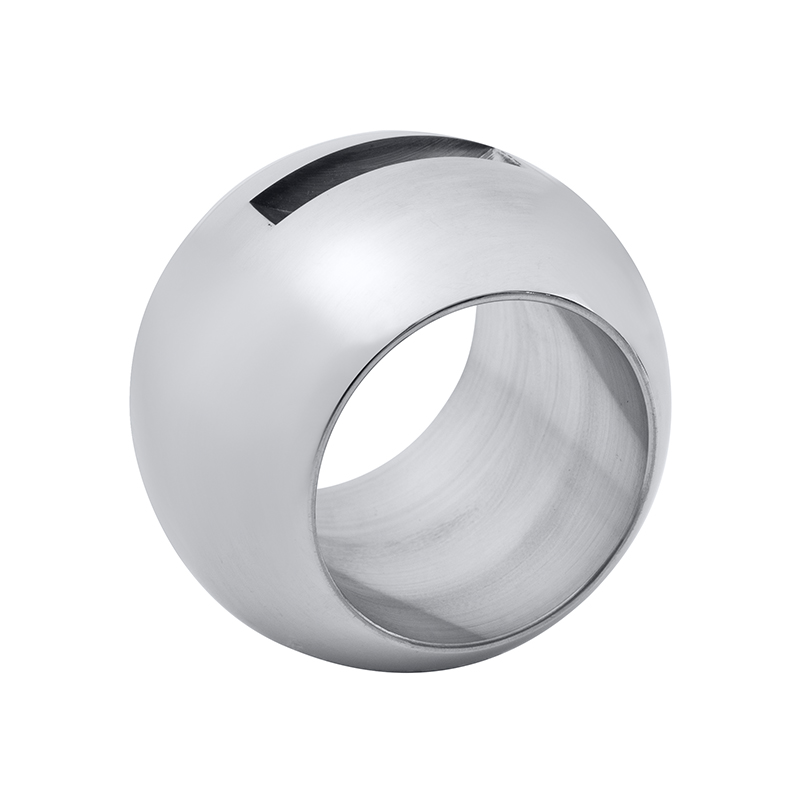
Environmental considerations also play a role in the growing preference for non-metallic valve balls. The manufacturing processes for advanced polymers used in valve balls have become more sustainable, and the long service life of these valves reduces the frequency of replacements, thereby cutting down waste. Additionally, the resistance to chemical attack means fewer incidents of leaks or spills, contributing to safer plant operations and environmental protection.
Despite these advancements, challenges remain. Non-metallic valve balls must balance chemical resistance with mechanical strength, as excessive brittleness or deformation under pressure can compromise valve performance. Manufacturers continue to research composite materials and reinforced plastics to achieve this balance. Furthermore, ensuring compatibility between the valve ball material and the diverse chemicals handled remains a critical focus, requiring ongoing testing and material innovation.
In conclusion, the innovation in non-metallic valve balls, particularly within 3 way plastic ball valves, represents a significant step forward in enhancing chemical resistance and operational reliability. Combined with design improvements like the ball valve long handle, these valves provide versatile, durable, and user-friendly solutions for complex fluid control systems. As industries continue to demand safer and more reliable valves capable of handling aggressive chemicals, the role of advanced plastic valve balls is set to become increasingly important.

 English
English Español
Español Deutsch
Deutsch
